Meet Yuhan Zhang | Architect & Sustainable Design Expert
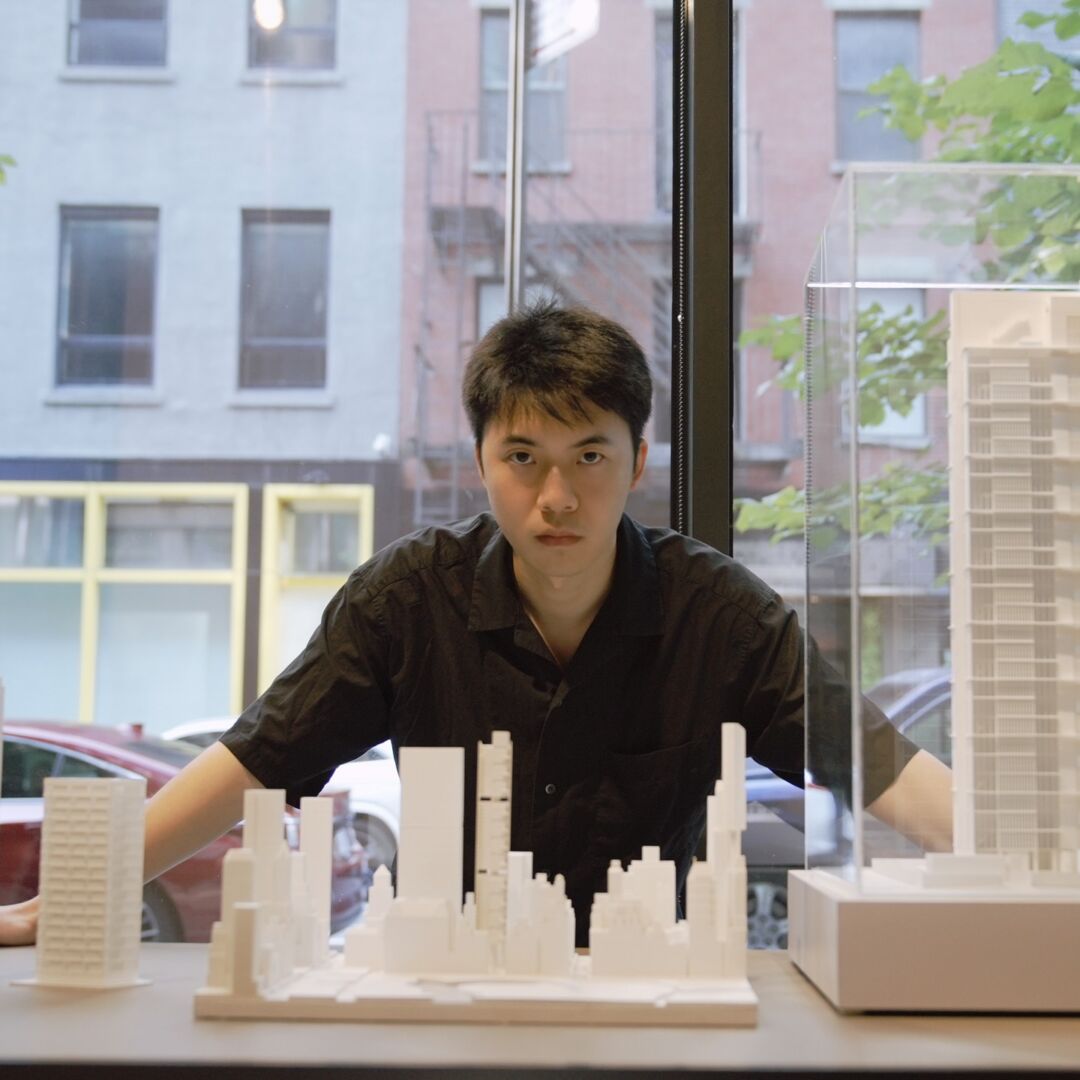
We had the good fortune of connecting with Yuhan Zhang and we’ve shared our conversation below.
Hi YUHAN, why did you pursue a creative career?
Actually, when I first came to the U.S. to study, my goal was to become an environmental scientist. I was studying Environmental Science at the University of California, Berkeley. Thanks to Berkeley’s excellent liberal arts education, I was exposed to a wide range of courses and fields. Although my major was under the College of Natural Resources, I also took several courses in the College of Environmental Design (which is Berkeley’s architecture school). That’s when I had my first encounter with design studies in general. Berkeley’s progressive thinking and advanced technologies in environmental causes also shaped the way I initially approached architecture. Later, in order to further explore architectural design and confirm my passion for it, I took a gap year after my junior year. During that time, I participated in Columbia University’s New York/Paris program where I studied architecture for half a year in New York and another half in Paris. This experience has greatly enriched my aesthetic perspective and the way I observe the world. It was during this time that I became certain I wanted to be a designer, approaching environmental issues from a different angle. In 2018, I began studying at the Yale School of Architecture and obtained my Master of Architecture degree three years later. That’s when I truly embarked on my career in the creative field.
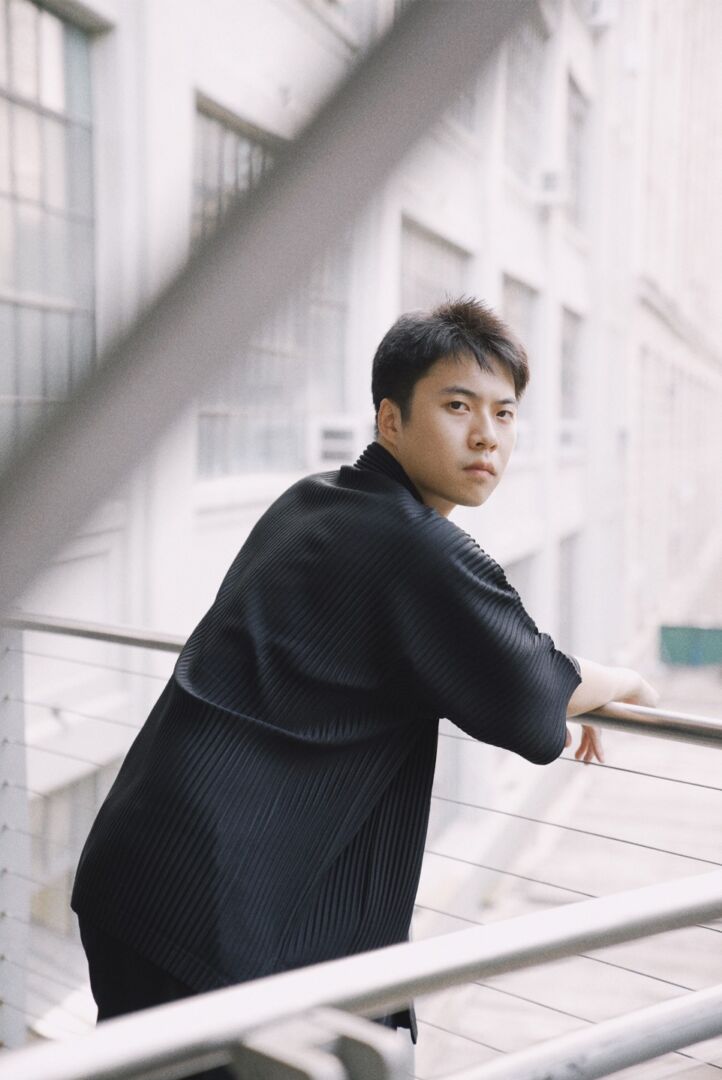
Let’s talk shop? Tell us more about your career, what can you share with our community?
My career has been shaped by a deep appreciation for both Eastern and Western architectural philosophies. I believe that merging these approaches goes beyond style and form—it’s about understanding space, the environment, and human well-being on a deeper level. For example, traditional Chinese concepts like fengshui provide experiential insights into how elements such as airflow, light, and water influence the atmosphere of a space. Meanwhile, Western architecture, with its evolution from the Renaissance to Rationalism, emphasizes functionality, data-driven analysis, and technological innovation.
Thanks to my cross-cultural background, I am able to blend these emotional and rational perspectives, drawing on the strengths of each in my work. This flexibility allows me to move beyond specific styles or techniques, leading to more innovative solutions that prioritize inclusivity, sustainability, and environmental responsibility.
In terms of professional experience, I was fortunate to join SCDA Architects with a focus on environmental and sustainable design. One of my early projects was the design of a boutique resort near Yellowstone National Park. We spent a year studying the site’s natural environment, aiming for carbon neutrality through solar and wind energy systems. However, in 2022, Yellowstone was hit by a once-in-500-years flood, caused by melting ice caps and heavy rainfall, which drastically transformed the landscape and forced us to reconsider our approach. This was a pivotal moment for me as I witnessed firsthand how climate change can introduce immense unpredictability to our living environment. Professional experiences like this has taught me that we, as designers, must confront these challenges head-on if we are to create resilient, sustainable spaces for the future.
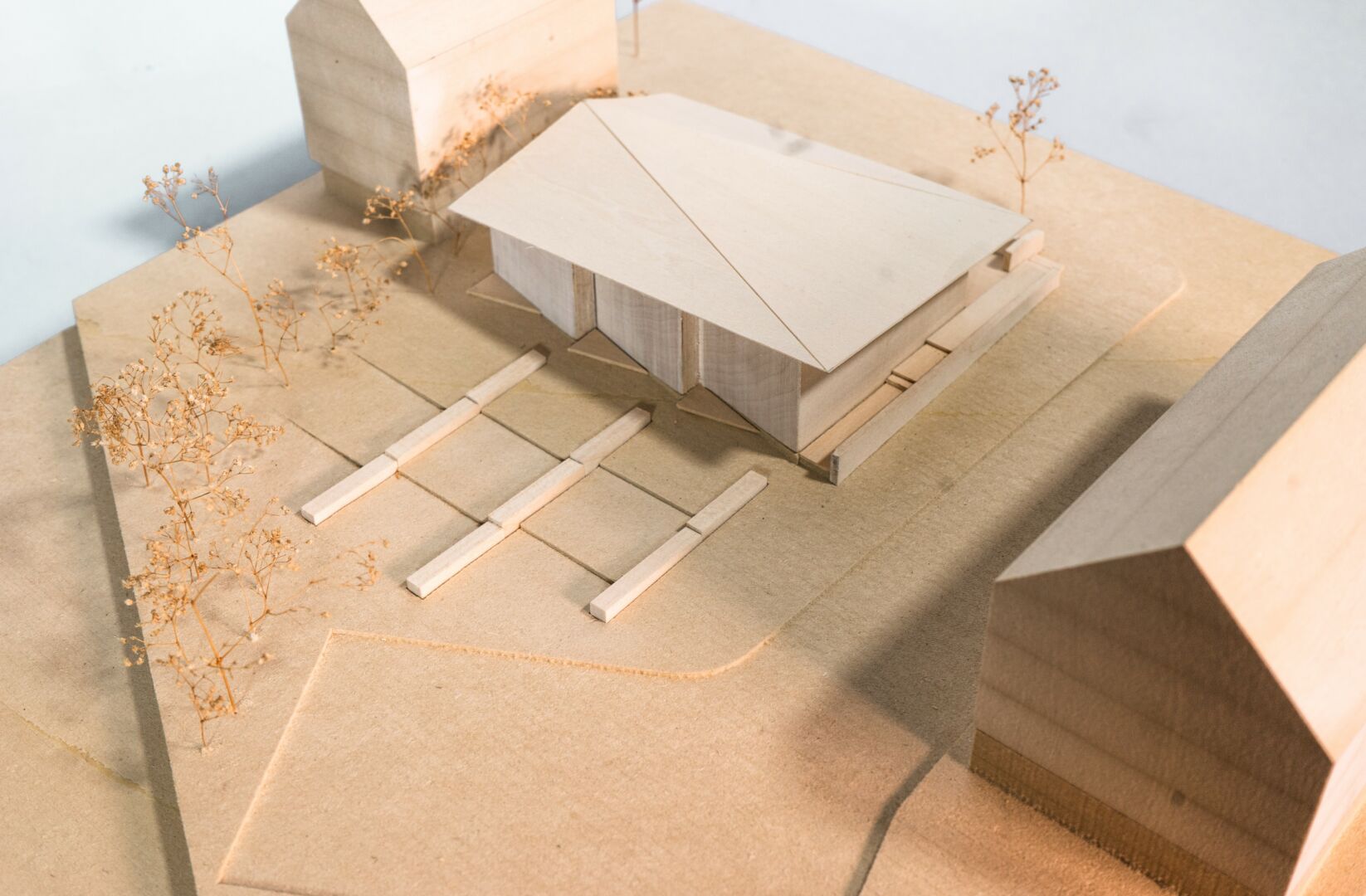
Any places to eat or things to do that you can share with our readers? If they have a friend visiting town, what are some spots they could take them to?
If my best friend were visiting New York for a week, I’d want to give them a blend of iconic landmarks and hidden gems to truly capture the essence of the city of art and architecture. We’d settle into Long Island City and start our adventure by strolling along the riverside to soak in views of the Manhattan skyline before stopping at MoMA PS1 for some contemporary art.
On our second day, we’d dive deeper into the art scene, beginning with a visit to the Museum of Modern Art (MoMA). After that, we’d marvel at the stunning architecture of Grand Central Terminal and One Vanderbilt, where we could enjoy panoramic views of NYC. For dinner, we’d indulge at Carbone, an iconic Italian-American restaurant known for its vibrant atmosphere and classic dishes. The third day would take us to Columbia University, where we’d wander around the beautiful campus and then explore the American Museum of Natural History in the afternoon.
The following days would be filled with even more exploration, starting with a leisurely day in Central Park. We’d then dive into the art world with visits to The Met, Guggenheim, and Neue Galerie, taking a coffee break at Salon 94 in the Upper East Side. That evening, we’d unwind at Tomi Jazz, a cozy speakeasy featuring live jazz music. I’d also want to take my friend on a day trip to Untermeyer Gardens and Storm King Art Center in upstate New York, wrapping up with a delicious farm-to-table lunch at Blue Hill at Stone Barns. Throughout the week, we’d explore vibrant neighborhoods like Soho and Chelsea, stroll along the High Line, and visit modern spots like Hudson Yards and Little Island. This itinerary would perfectly blend art, architecture, nature, food, and everything New York has to offer!
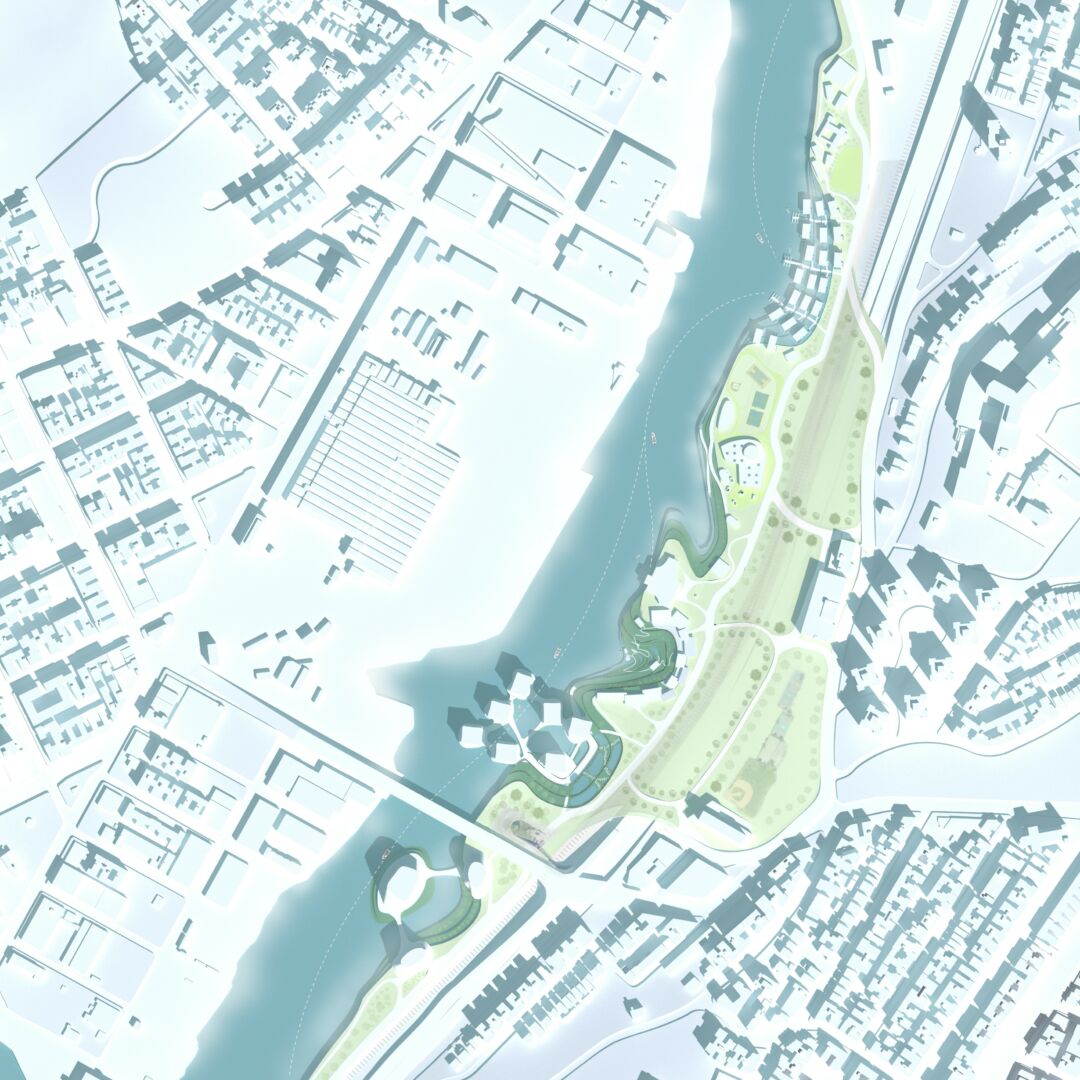
Shoutout is all about shouting out others who you feel deserve additional recognition and exposure. Who would you like to shoutout?
It might be a cliché among my architect peers, but I’d like to give my shoutout to Frank Lloyd Wright’s Fallingwater. I still vividly remember the first time I saw the project in a bookstore during my teenage years. I became obsessed with its beautiful imagery, the design, and, most of all, the tranquility it exudes. What struck me deeply was how seamlessly it harmonized nature with architecture. That experience ignited my passion for exploring how the built environment can coexist with, and even enhance, the natural landscape. Fallingwater has been a constant source of inspiration throughout my journey as a designer, driving me to delve deeper into sustainable design principles. It has inspired me to pursue sustainable design, motivating me to create environments that are both visually stunning and ecologically sound, ensuring they serve the needs of both people and the planet.
Linkedin: https://www.linkedin.com/in/yuhan-zhang-66153894/
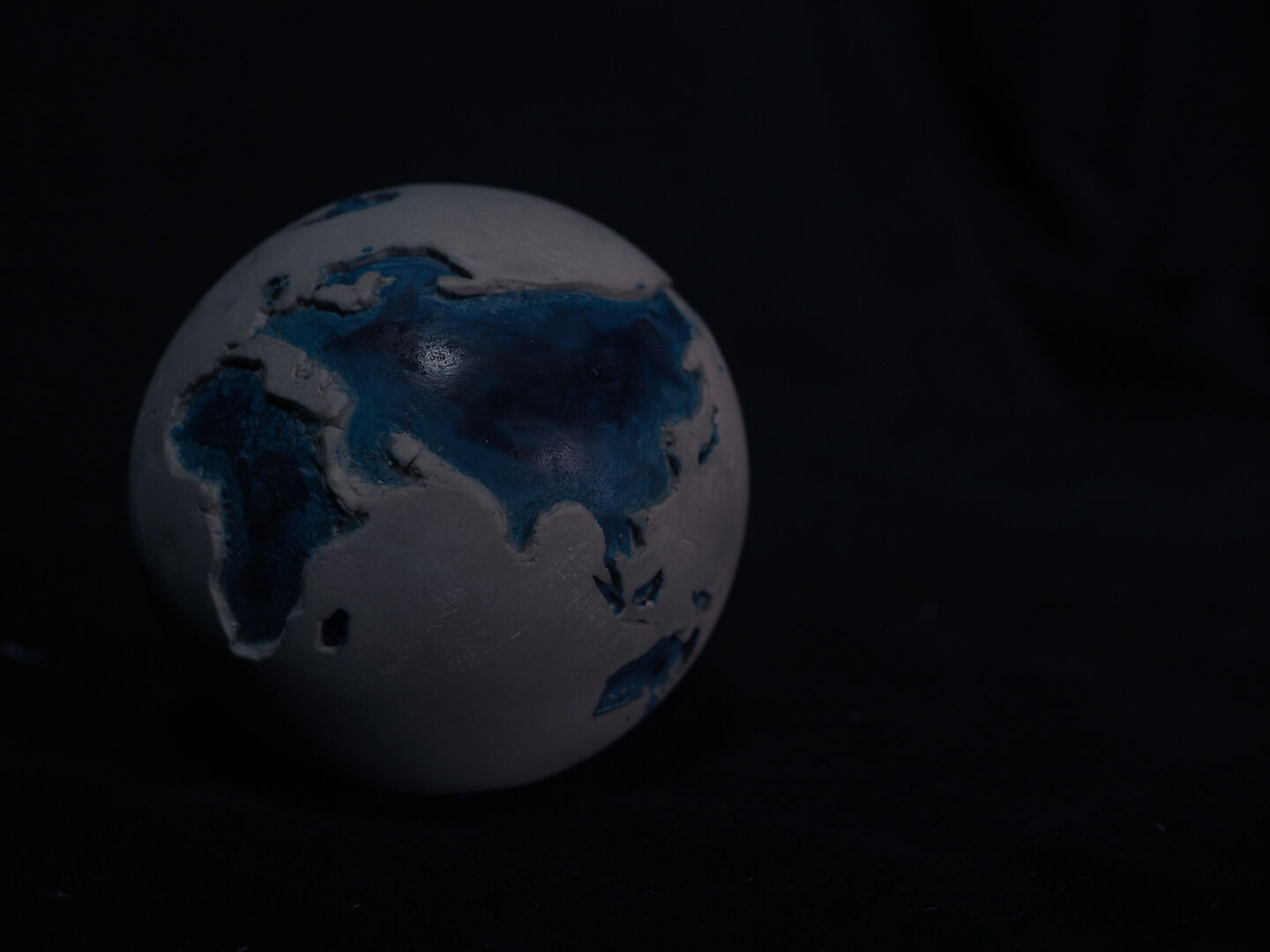
Image Credits
Yuhan Zhang
